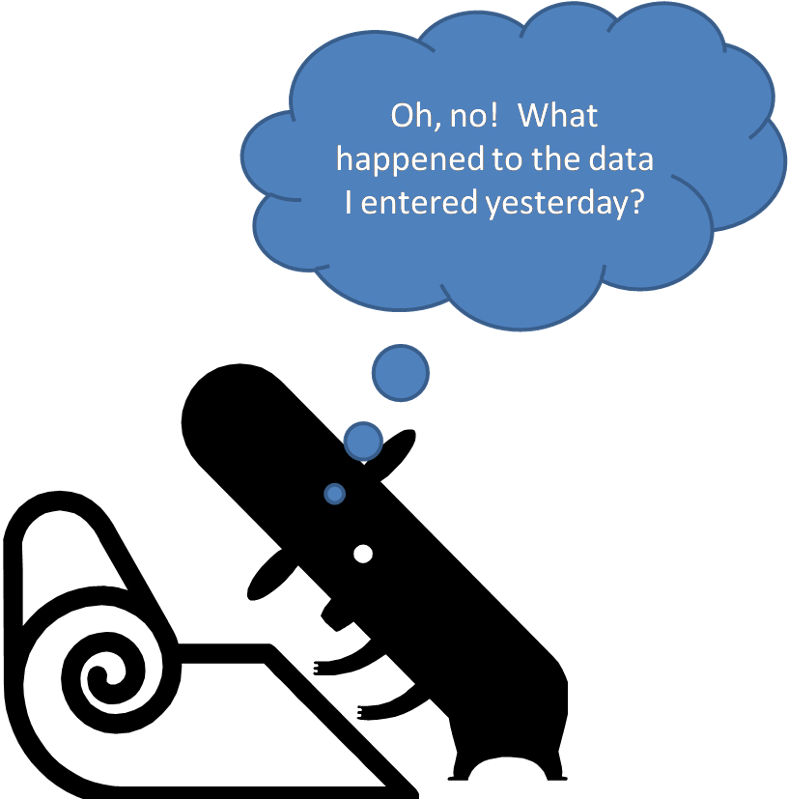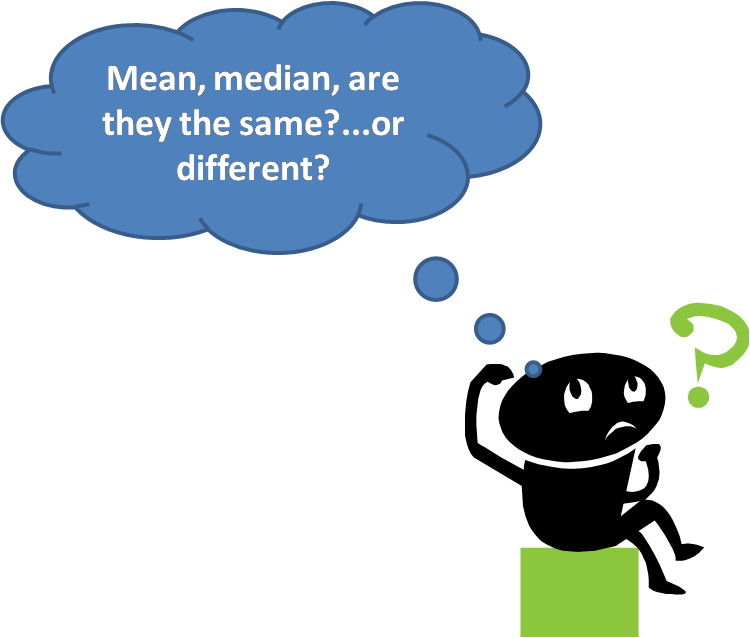Analysis Bias
If you have collected data on your sample without introducing measurement bias, your data will reflect the reality of your sample. However, errors can be introduced during the management, entry, and analysis of your data.
Errors occurring during data management and entry are easily overlooked by researchers. However, such errors are not uncommon. Depending on the type of research, raw data may be in the form of hand-written surveys, "op-scan" sheets, laboratory or field notes, etc. If not carefully managed, these documents can be misplaced or mis-categorized. Since most data analysis is performed on computer, the data must be entered into the computer in some form. Data entry can produce significant errors. Some researchers minimize this by actually having two people enter the same data and then comparing the two datasets for differences. Op-scan sheets, or survey's taken on-line, can reduce (but not eliminate) data entry errors. In any case, the researcher should always examine frequency distributions for each variable before beginning data analysis in order to identify any obvious data errors (indicated as outliers).

Statistical bias results from using the incorrect statistical analyses. The most common form is using a statistical technique even when conditions ("assumptions") necessary for valid use of the technique are violated. For example, when a quantitative variable has a highly skewed frequency distribution, the median is a better way to summarize the data than the mean - since the mean can be greatly distorted by extremes in the data. If the data were analyzed by comparing means instead of medians, the results would be misleading.

Analysis Bias Evaluation Worksheet
Analysis Bias - is the data analysis appropriate given the research question?
- What is the research question (stated quantitatively)?
- What types of data are involved in the research question (nominal, ordinal, quantitative)?
- Does the analysis method match the research question and the type of data involved?
- Overall assessment of analysis bias: _____ Low _____Moderate ____High
Explain: